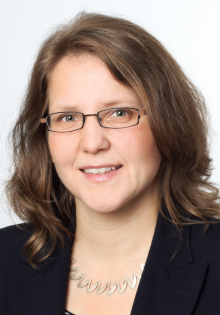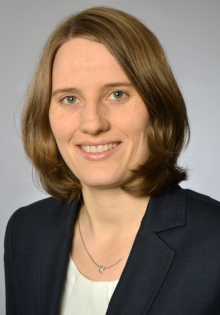Researchers at Paderborn University highlight their pioneering role in the development of light-based quantum technologies
Quantum technologies are changing our lives. Research into the smallest energy particles (known as quanta) puts us tantalisingly close to opportunities that were long considered to be out of reach. New concepts are providing solutions to the key challenges of our time: for complex interactions relating to the next energy revolution, pharmaceutical research, or completely secure communications. They also form the basis for quantum computers, the potential of which outstrips even the best supercomputers. Although quantum computers have been the subject of intensive research for several years, thus far, scientists have not managed to create suitably robust systems. Researchers at Paderborn University have now successfully constructed Europe’s largest sampling-based quantum computer. The ‘PaQS’ (‘Paderborn Quantum Sampler’) was built up as part of the PhoQuant funding initiative by the Federal Ministry of Education and Research (BMBF) by the researchers at Paderborn University with support from Menlo Systems, Fraunhofer IOF Jena and Swabian Instruments. The project is coordinated by Q.ANT, a German company specialising in industrial quantum technologies, and will soon launch a second, cloud-accessible sampling-based quantum computer located at Fraunhofer IOF in Jena. This project, with a funding of around 50 million euros, combines expertise from 13 science and industry partners to put Germany at the international forefront of photonic quantum computing.
Major technological challenges
‘Quantum computers are extremely sensitive to system imperfections. Scientists across the globe are therefore working on a variety of experimental platforms. The largest photonic quantum computers currently exist in China, Singapore, France, and Canada. Every approach to realising quantum computing has its pros and cons: for example, photonic networks – i.e. light-based networks that work with light particles called photons – can operate at room temperature and be implemented in miniaturised, programmable circuits. However, they have to contend with optical losses. We are tackling this problem by drawing on Germany’s world-leading expertise in integrated photonics, and we have managed to create a Gaussian boson sampler consisting of scalable components. This required the development of many new components and highlights the amount of work that goes into building such a device. We are treading entirely new ground here. ‘This makes the process extremely complex’, explains Professor Christine Silberhorn, physicist and spokesperson for the Institute for Photonic Quantum Systems (PhoQS) at Paderborn University, where the project is based.
Europe’s largest Gaussian boson sampling machine makes any desired configuration possible
Paderborn’s scientists have created Europe’s largest Gaussian boson sampling machine with the PaQS. In simple terms, the aim is to measure where photons exit the large photonic network. ‘Gaussian boson sampling is a photonic quantum computing model that has gained attention as a platform for building quantum devices’, Silberhorn says. Unlike previous implementations, the team built the PaQS with a forward-looking approach to system integration and full programmability. ‘Specifically, this means that we are using a fully programmable and integrated interferometer with which we can implement any configuration we choose. With this approach, light particles are distributed and directed within a network of fibre optic cables – a little like the network of switches in a shunting yard. At the output of the network, the location where the photons emerge is measured. ‘This can for example be relevant for solving protein folding problems or calculating certain molecular states as part of pharmaceutical research’, Silberhorn notes. Full programmability also means that it even allows for the implementation of applications arising from future investigations – creating unprecedented flexibility and a high degree of future applicability. The system is currently being expanded to enable more complex calculations and serve as the basis for investigating future devices that will further increase system integration.
PaQS driven by squeezed states
Implementing a system like this requires an in-depth understanding of all the components involved. Quantum mechanics phenomena, such as squeezing or photon entanglement, create incredibly high computing power in quantum computers. It always starts with generating a specific quantum resource. Silberhorn explains: ‘For Gaussian boson sampling, this resource is known as “squeezing” or “squeezed light”, the quantum mechanical properties of which can be manipulated and thus harnessed. The “Integrated Quantum Optics” working group at Paderborn University has a long tradition of using optical waveguides to develop highly optimised squeezed states. We have access to the expertise needed to produce a light source that will drive the PaQS machine.’
Photonic quantum computing
Photonic quantum computers use light to perform quantum calculations, while alternative quantum computing platforms are based on, for example, superconducting qubits or trapped ions. The benefits of photonic quantum computers include a clear route towards scalability and high clock-rate operation. However, the entire field of quantum computing technology is still in its infancy. Further research is required to verify the benefits and disadvantages of the various quantum computing platforms that are currently under investigation. However, the work being conducted by Paderborn's scientists is bringing international quantum research a step closer to this goal.
Further information about quantum research at Paderborn University.
Further information about the PhoQuant research project.




